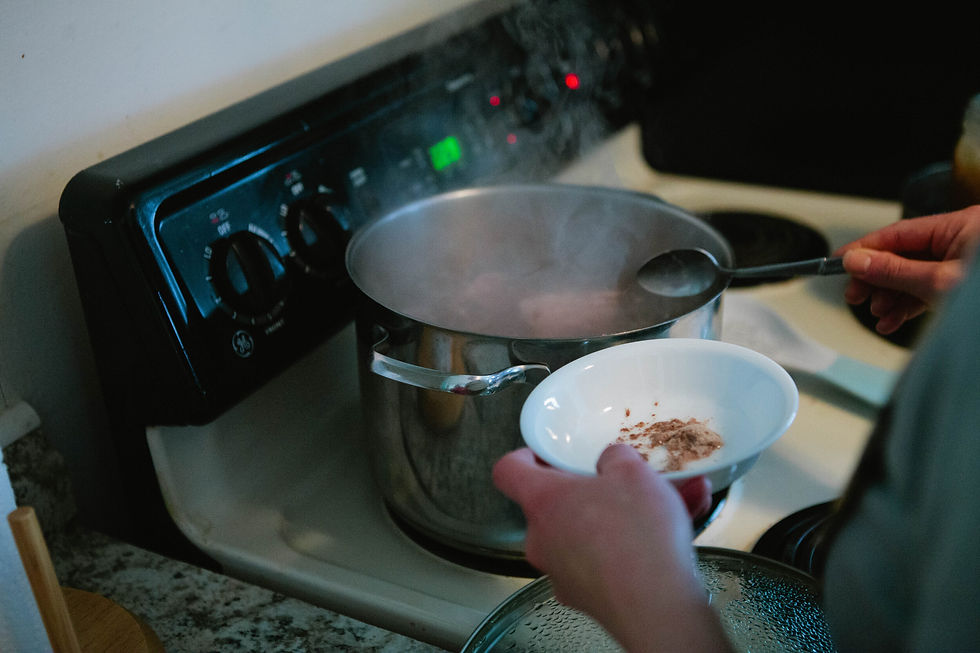Stock vs. Broth: Are You Confused?
- Phillip Chua - Naturopath
- Sep 8, 2023
- 4 min read
Updated: May 3, 2024
One of the most common questions that those individuals embarking upon the GAPS Diet have is “Do I make stock or broth?” What is the difference between the two? The two words are often used interchangeably by the most educated of chefs.





Comments